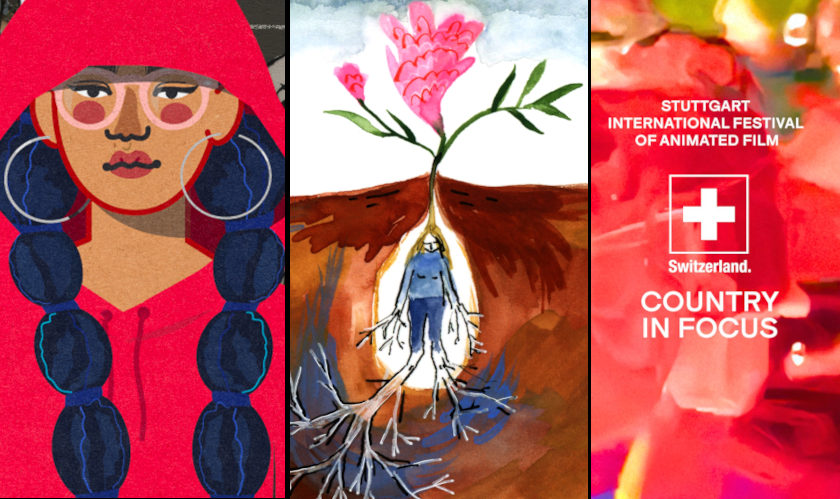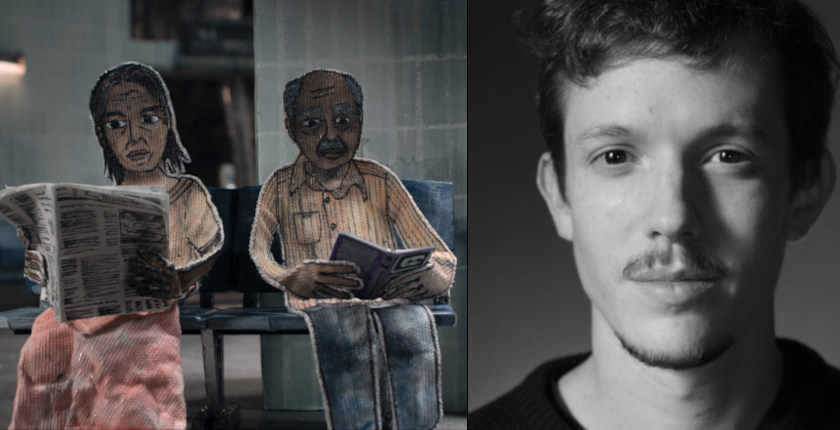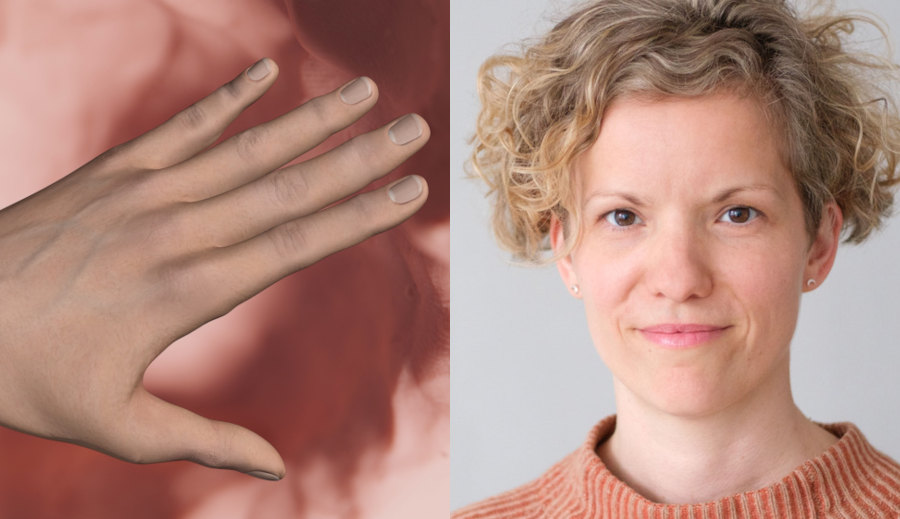You Need To Watch A Film with An Audience: Interview with Georges Schwizgebel
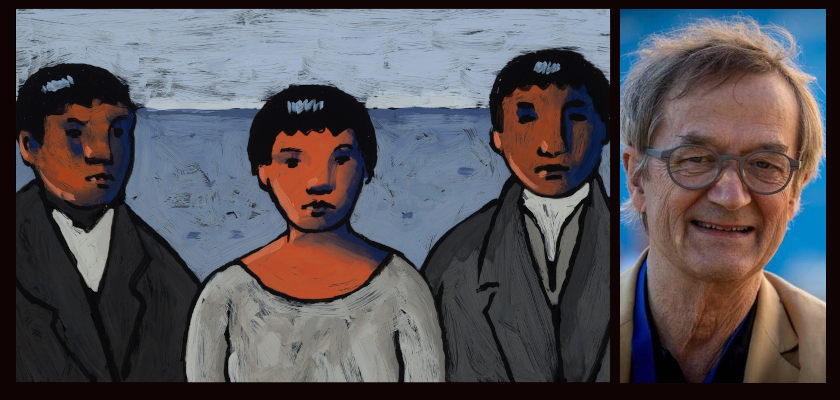
 He needs no detailed introduction; easily the most recognizable name in Swiss independent animation, Georges Schwizgebel has chartered its own trajectory to the independent animation terrain, helping it itself solidify. From Le vol d'Icare (1974) since his latest, Darwin's Notebook (2020, in Annecy Festival competition) Schwizgebel has garnered an array of awards, from Cannes Film Festival to Hiroshima Animation Festival, Cinanima Festival, plus national Swiss Film awards. His output is both consistent, his technique (acrylic paint on cels) distinctive, his cinematography a long, uninterrupted trip, and his music choices are almost a force in themselves in defining his films.
He needs no detailed introduction; easily the most recognizable name in Swiss independent animation, Georges Schwizgebel has chartered its own trajectory to the independent animation terrain, helping it itself solidify. From Le vol d'Icare (1974) since his latest, Darwin's Notebook (2020, in Annecy Festival competition) Schwizgebel has garnered an array of awards, from Cannes Film Festival to Hiroshima Animation Festival, Cinanima Festival, plus national Swiss Film awards. His output is both consistent, his technique (acrylic paint on cels) distinctive, his cinematography a long, uninterrupted trip, and his music choices are almost a force in themselves in defining his films.
We talked with Georges Schwizgebel on the occasion of "Darwin's Notebook", a film which manages in 9 minutes to introduce us to Darwin and his Beagle voyage trip, but most importantly to the anglicized Tierra del Fuego natives; they were sent to England to 'educate' themselves, and now going back to educate the others.
"I saw an exhibition on Darwin in Chicago, about 10 years ago," Schwizgebel narrates. "Somebody told me to look at this funny thing, and I got some bits of information about it". He started developing this project in 2015; it was a different script in the beginning, concentrating more on the natural environment and the differences between the hot South American vibes and the cold, rainy London atmosphere. Still, the film developed significantly to reflect the failed (and forced) process of cultural assimilation.
Watch the trailer for Darwin's Notebook:
"It is very close to reality" Schwizgebel continues. "The British authorities wanted the three natives to help them in the future. A lot of ships were coming in Tierra del Fuego at that point; they thought that these people could help the crews, now that they speak English". Of course, the story of the film (and the real story) is different: the three people simply came in touch again with their own traditions, forgetting mannerisms and forced education.
The film has two looks, a colored and a black-and-white one, depicting life in London. The latter is a big uninterrupted cut, and includes a mini-sequence on the Creation story (Adam and Eve, Noah etc). "When those people were in London, they did study the language, but also religion. When the film starts, we are on the ship and we first meet Darwin; he was very young when he did his HMS Beagle trip; the three people talk about what happened in London. We then follow them back to their country, and the ship leaves -only to come back a year or two later to check what's happened. Unfortunately for them, nothing really happened".
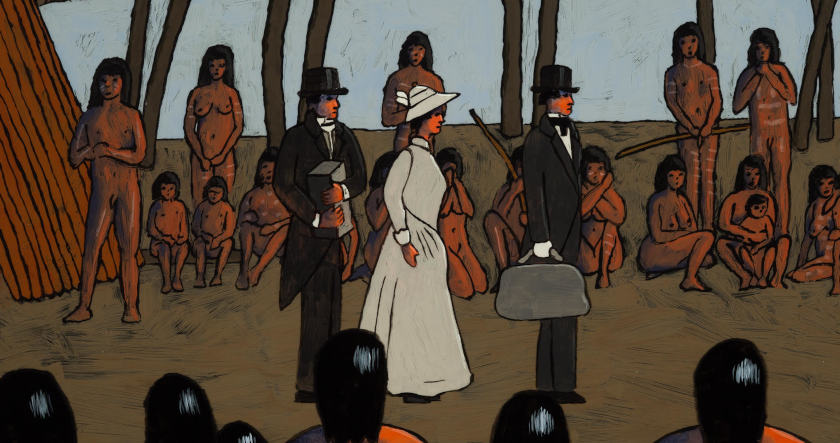
Schwizgebel made this film with more cuts than previous films ("I used cuts in the beginning and the end of the film, like a classical device when we are trying to tell a story; it's easier to have a cut and start a different sequence. But I made an uninterrupted sequence when the natives are speaking").
The 12,000+ frames of the film correspond to the approximately 5,000 drawings Schwizgebel made for the film (working in twos), and it took him almost one year to complete. COVID made him wait for 6 months to have the sound ready from Montreal, Canada -waiting for the studios to open. Music was written by Judith Gruber-Stitzer (also on board for his 2004 film, The Man Without A Shadow, and his 2017 short The Battle of San Romano)
"We talk together at the beginning, having already the script and the storyboard" Schwizgebel reflects. "Since I'm not a musician myself, I tell her about the structure of the film; for instance in the big black-and-white sequence, the tempo is 90bpm. In the dance sequence, it is 120bpm". Schwizgebel was particularly impressed by the black-and-white sequence ("the music now tells the story").
But again, this is not a surprise for Schwizgebel's films, considering the meticulous attention he gives to the film's soundtracks, whether they are original compositions or classical pieces. Rachmaninov's Sonata No. 19 permeates his Romance (2011), for instance. "For this film, I followed the same structure of the music in my film. But it is more difficult to tell a story when you have existing music; when people hear the same music, they all think of very different things" he comments.
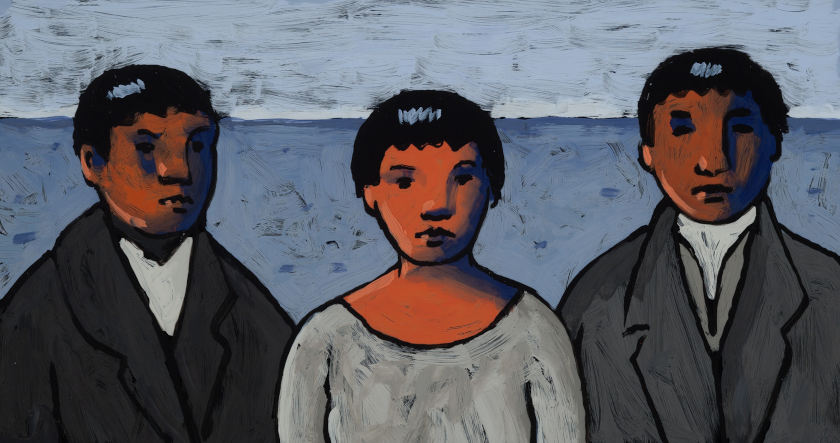
Schwizgebel started attending the Annecy Festival in 1967 ("it was smaller then, but it was the first one and the most important one -it still is" he comments"). Yet he enjoys meeting people (even though he regrets not being able to have met Norman McLaren at that time). Yet he frequently attends animation festivals in the US/Canada, Europe and Asia. He says it's now easier to both attend and send your film to a festival. "Back then, we had 10 film prints, for instance, and we had to decide on which festival to send them; then we had to wait for almost three months to get them back, and send them to another festival. That was very different".
He also reflects on the mode of production itself. "When we started, we needed to have a 35mm camera, which is very expensive. We didn't have computers". Yet the nature of the game has changed, and not only for the better. "Perhaps it's more difficult for younger people nowadays, because there are so many people doing films. Everyone can put their film on the web; if you haven't made a very good film, everyone will forget about it".
Schwizgebel himself won't be forgotten, of course, by both his peers and the new generations. He is the subject of admiration, even though he confesses that teaching others is not his strong skill. Yet people do learn from his films. "I am very proud of that and happy" he comments. "Now there are a lot of good films, both professional and student films".
Things have also changed in terms of production. Schwizgebel self-produces his own films (Studio GDS), and he started out of necessity. "When I started making films, there were no producers, especially for short films. The funding programme for short films started in the 80s". Things are different now, and there are both government fundings and broadcasts supporting short films (such as RTS Radio Télévision Suisse, which also backs his latest film). Even though things become more and more complicated in the administrative/production sphere, Schwizgebel attests that "he is privileged" in making the short animated films he wants, and he only produces his own films -even though it took him some time to achieve that ("I did my first three films only during my free time, during the weekends").

Georges Schwizgebel has a list of his own films he very much likes to watch: Jeu (2006), La course à l'abîme (1992), Erlkönig (2015). Also, films he wouldn't watch again, like Hors-Jeu (1977): "German producers bought the film and wanted a sequel, but I declined". He enjoys watching his films with an audience, especially in retrospectives. "We can understand what is good and what is not good in the context of other films. Some people don't want to watch a film after they've made it; I don't experience this rejection. I'd like to watch them again, and then think about another film".
His latest film project has the (tentative) English title ""From one painting to another one", in which images follow the music -a film about painting. He clearly likes the process, and he only delegates images compositing and post-production to his crew. "If I stop making films, it will be because I will be sick or too exhausted from work or too old" he states.
Darwin's Notebook had its first theatrical premiere with an audience at Annecy Festival. "Its subject is current, even though it took place a long time ago. It talks about globalization and acculturation, so contemporary issues. I'm happy when people tell me that I can tell so many things in a short time." He clearly has no match in that, in all those years.
Darwin's Notebook was shown during the 2021 Annecy International Animation Film Festival. Swiss Animation Portraits 2021 series is conducted in partnership with Swiss Films.




